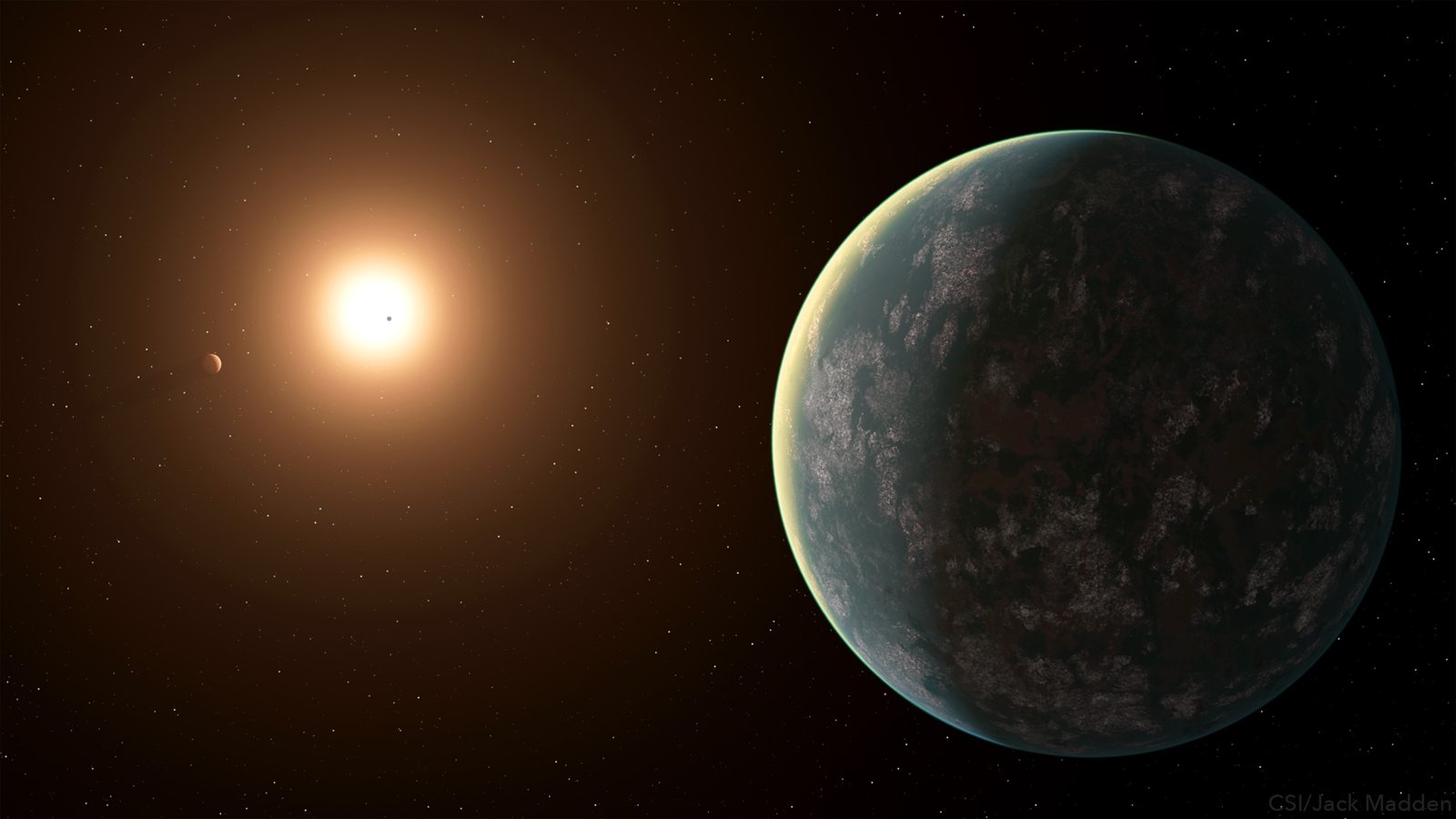50 astronomers from around the world have confirmed the Astronomers Discover Earth-Like Planet by Astronomers 1069 b, which is only 31 light-years from Earth and orbits a red dwarf star.
READ MORE: China Says ‘Oops’ on Alleged Spy Balloon Entering US Airspace
The exoplanet is most likely “tidally locked to its route around the parent star,” which means that one side is constantly lit up while the other side is permanently dark, according to the research team, which was led by Diana from the Max Planck Institute for astronomers in Heidelberg, Germany.
Given that only 1.5% of the more than 5000 exoplanets that have been detected to date have masses lower than two Earths, Wolf 1069 b is thought to be around 1.26 times as massive as Earth.
Speaking on the results, Kossakowski said, “We found a distinct, low-amplitude signal of what looks to be a planet of about Earth mass when we evaluated the data of the star Wolf 1069.
It travels one-fifth of the distance between the Earth and the Sun every 15.6 days as it orbits the star.
Wolf 1069 b receives 65% of Earth’s radiant output from the Sun, which allows it to remain in a habitable zone despite being much closer to its Sun than Earth is. The red-dwarf star has a colder surface and emits significantly less radiation, giving it an orange appearance.
The scientists anticipated that the exoplanet’s mean temperature (on its star-facing side) may soar to as high as 55.13 F (12.85 Celsius) if it had an atmosphere similar to that of Earth, which is extremely promising for life.
READ MORE: Footage Shows Near-Miss Earth Flyby of Asteroid 2023 BU
The planet was found using the CARMENES instrument on an 11.5 foot (3.5 metre) telescope at the Calar Alto Observatory in Spain. CARMENES stands for Calar Alto High-Resolution Search for M Dwarfs with Exoearths with Near-infrared and Optical Échelle Spectographs.
Using a technique termed radial velocity, CARMENES found Wolf 1069 b by identifying and detecting minute shifts in a star’s position caused by the gravity of an orbiting planet.
Proxima Centauri b is the closest exoplanet to the Earth, at a distance of 4.24 light years, followed by GJ 1061d, Teegarden’s Star c, and GJ 1002 b and c.
Wolf 1069 b is recognised as the sixth closest Earth-mass habitable zone exoplanet. Astronomers from around the world have confirmed the Astronomers Discover Earth-Like Planet by Astronomers 1069 b.
However, with current technology, it is not yet possible to determine if a planet truly supports or has supported life.
Kossakowski predicted that we would have to wait a further ten years for this. The majority of the nearest possibly livable worlds astronomers are only discovered through the RV [radial velocity] approach, hence it’s imperative that we develop our facilities.


